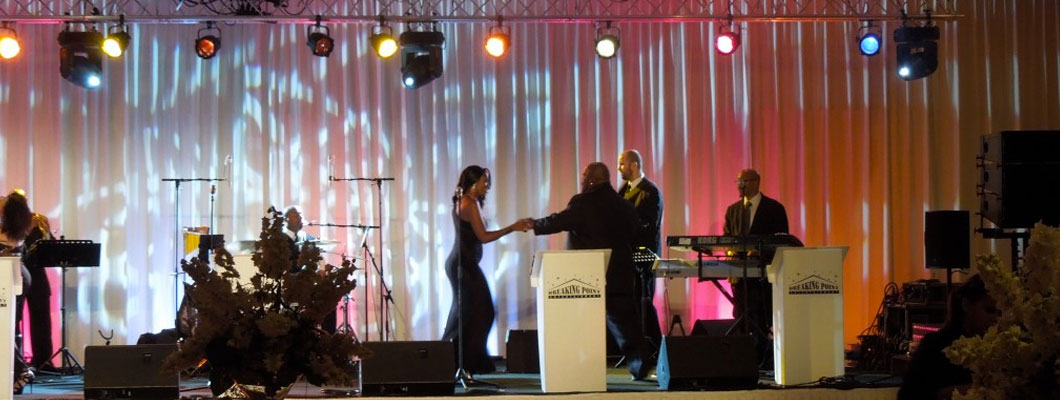Mastering the Art of Seamless Film Mapping on Arched Screens for Breathtaking Visual Audience Experiences
Mastering the Art of Seamless Film Mapping on Arched Screens for Breathtaking Visual Audience Experiences
Blog Article
Video projection is an exciting technique that enables visuals and footage to be displayed onto surfaces, creating breathtaking visual encounters. When it comes to curved surfaces, mastering this craft can be a bit more difficult than casting onto level surfaces. Rounded areas can encompass anything from the sides of structures to sculptures and even stages. Understanding how to effectively project footage onto these shapes is essential for artists, design professionals, and occasion planners who want to create engaging settings that captivate audiences.
The initial step in footage projection on curved areas is to comprehend the shape of the surface. Curved areas can be complex, with different degrees of bend. To achieve a seamless display, it is vital to build a 3D model of the surface. This representation helps in visualizing how the video will appear when cast. Applications tools are accessible that permit users to create these models and mimic the display. By accurately mapping the dimensions and contours of the surface, creators can guarantee that the video matches perfectly without distortion.
Once the 3D model is ready, the next phase is to prepare the video material. This involves modifying the footage to suit the specific form and dimensions of the curved area. It is essential to consider the angles and sightlines from which the viewers will view the projection. The material should be designed to improve the visual experience, making it engaging and relevant to the theme of the occasion or setup. Using high-quality visuals and motion graphics can greatly enhance the total effect of the projection.
After preparing the material, the actual projection process begins. This includes placing up the projectors at the correct positions and distances to ensure Web Site that the video aligns with the 3D representation. Adjustment is a crucial part of this procedure. It may necessitate modifying the luminosity, differentiation, and focus of the projectors to achieve the optimal outcomes. Additionally, using several devices may be necessary to cover larger or more intricate surfaces. This technique, known as edge blending, helps form a continuous image across the whole area.
Ultimately, trialing the display is crucial before the final presentation. This enables designers to make any required adjustments to the footage and device settings. It is also an opportunity to see how the audience will experience the display from different perspectives. By ensuring that the video projection is flawless, designers can deliver a remarkable aesthetic encounter that leaves a lasting impression. Perfecting video mapping on curved surfaces not only improves artistic expression but also creates new opportunities for storytelling and viewer interaction in various settings.